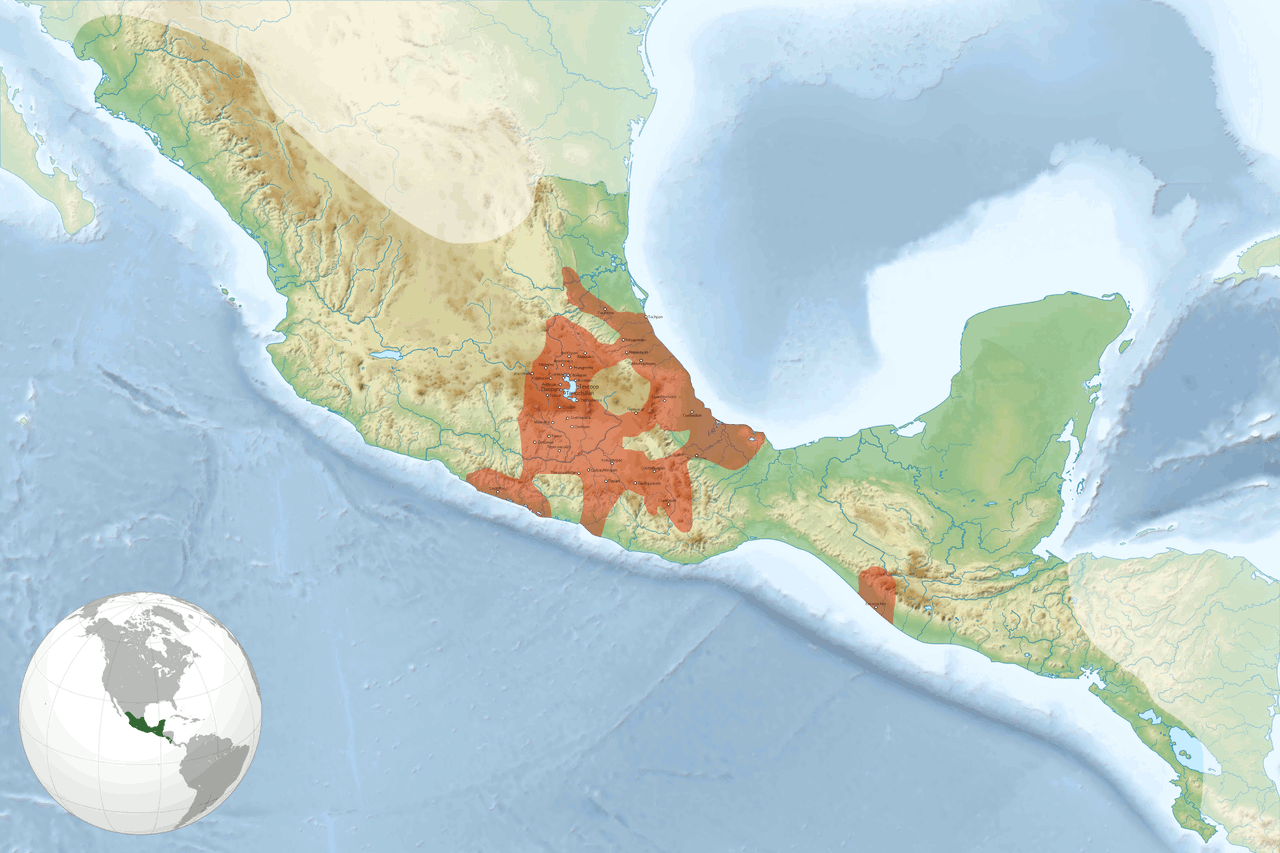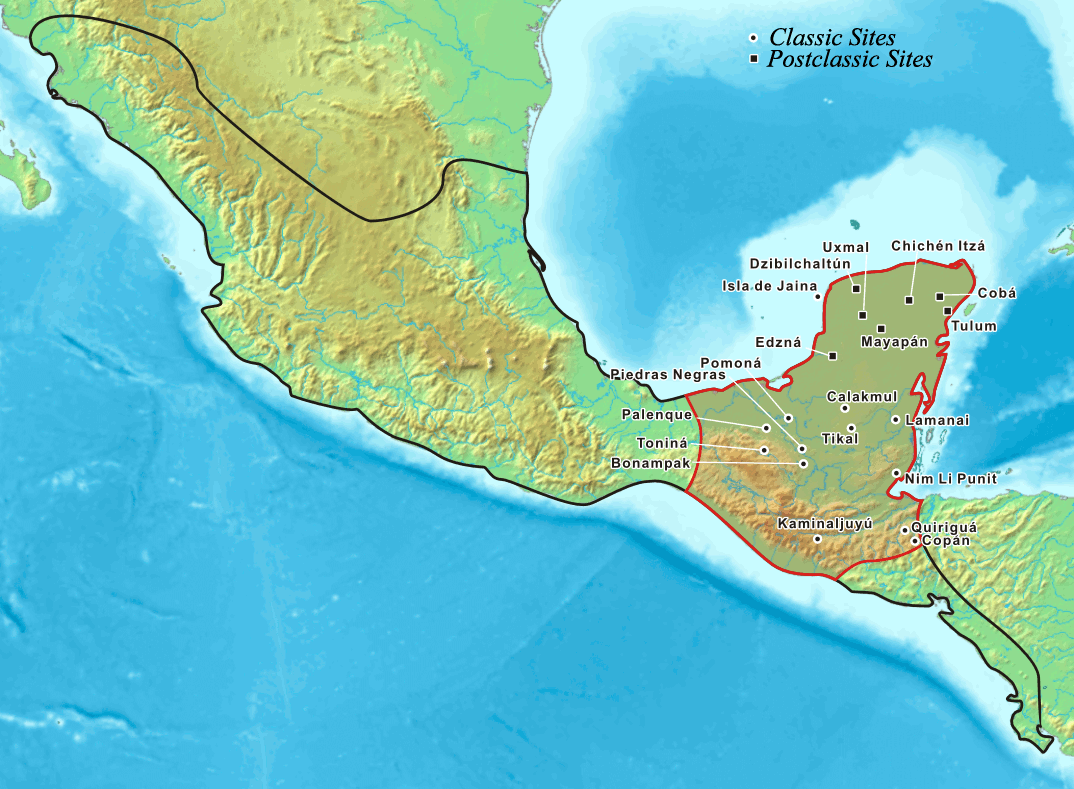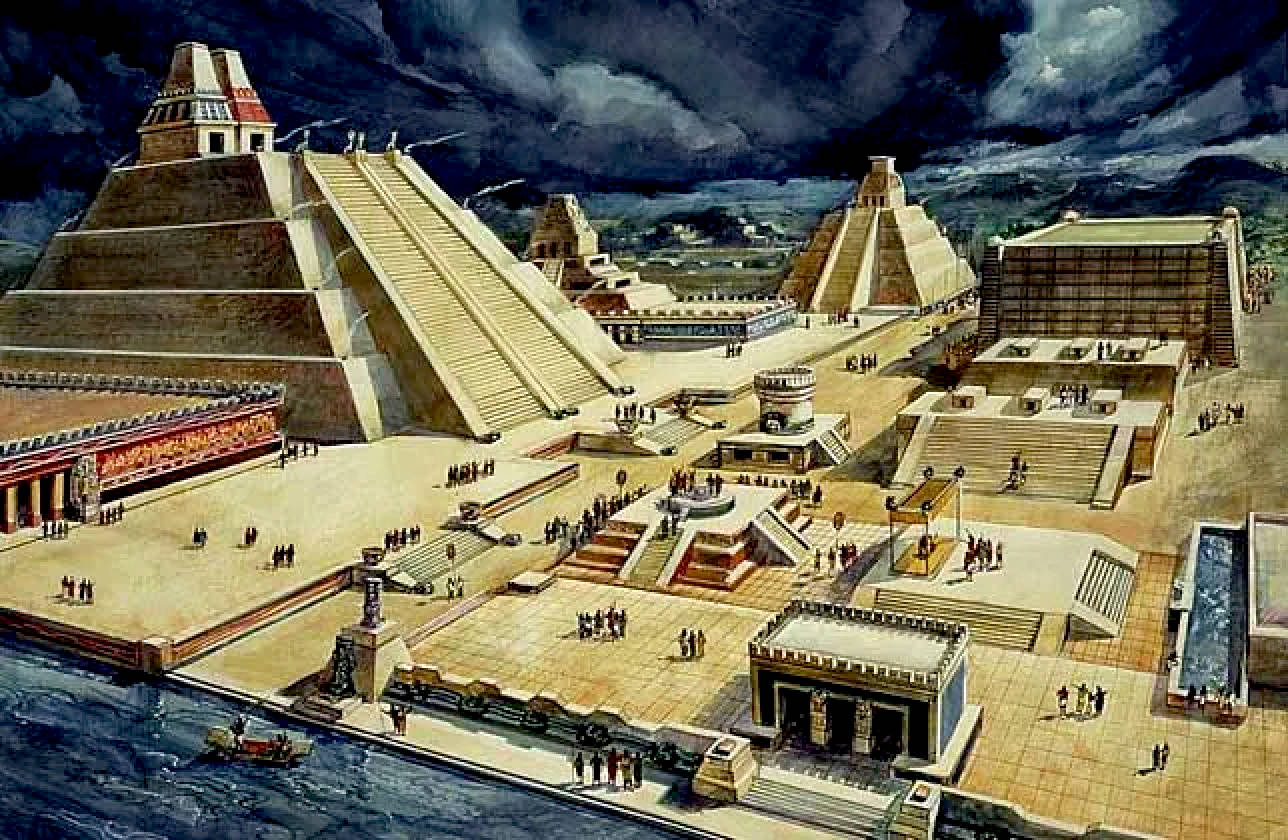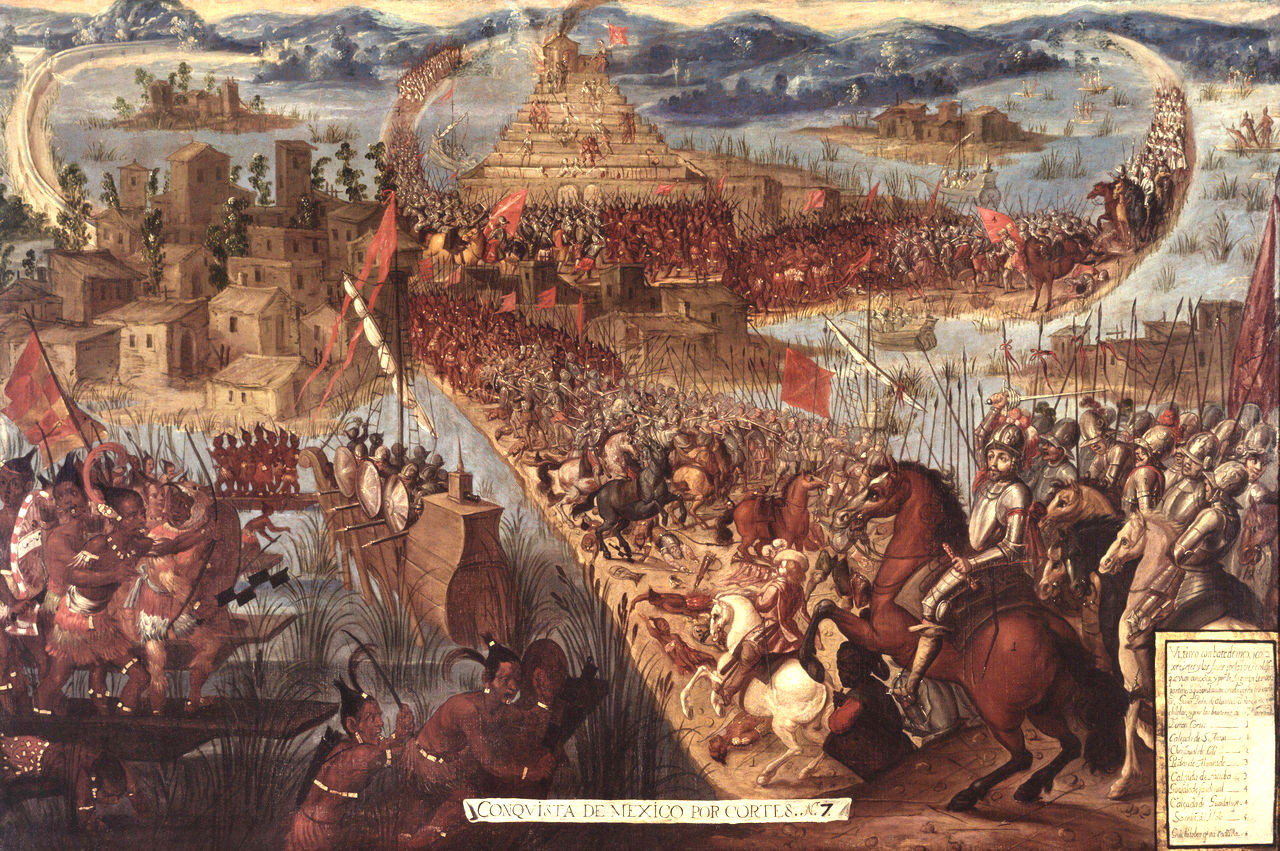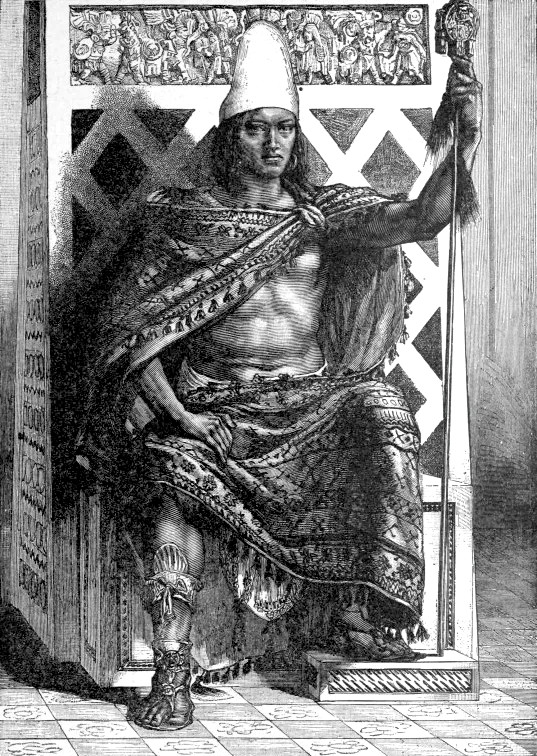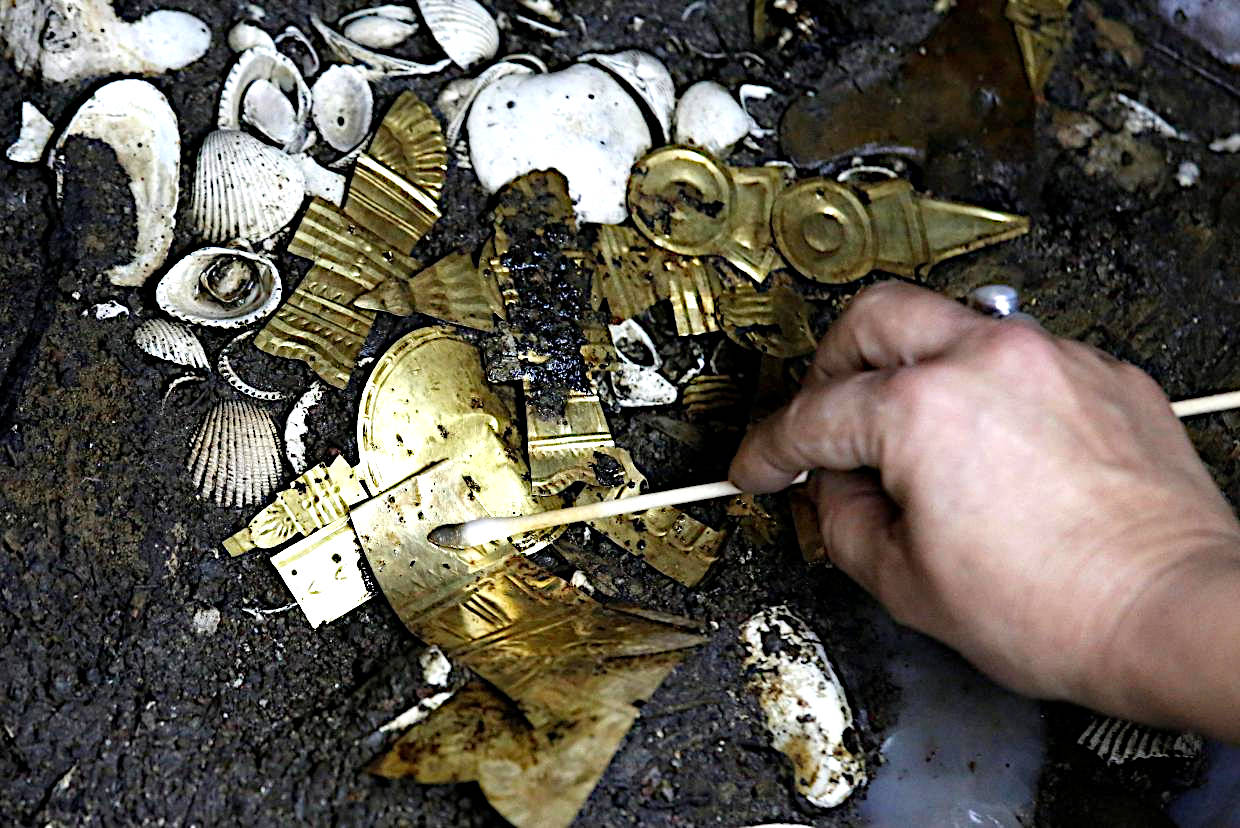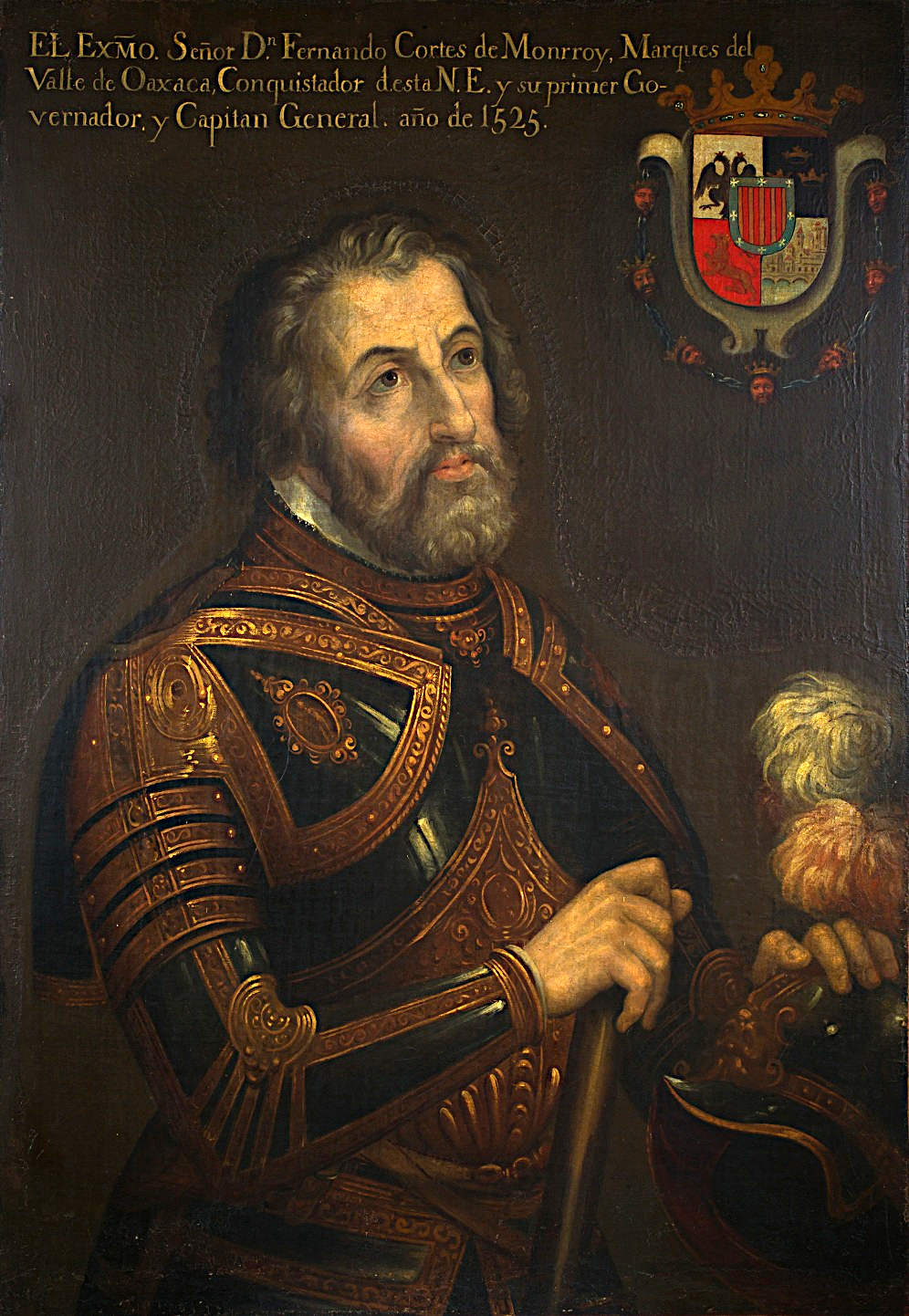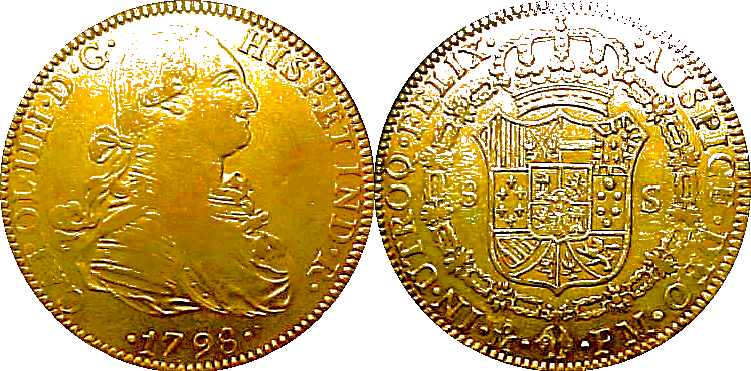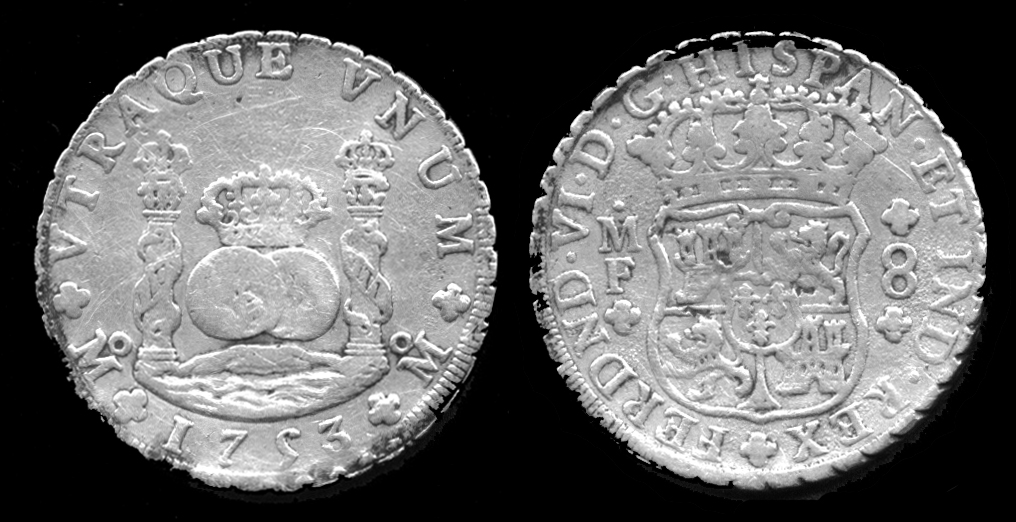|
AZTEC EMPIRE
Dig for treasure with our A - Z or set a course for HOME me hearties
|
||
|
|
||
|
The Aztec and Maya empires were neighbours in Central America, convenient to Spanish conquest objectives. As opposed to the Inca, who were in South America.
The
Aztecs were a Mesoamerican culture that flourished in central Mexico in the post-classic period from 1300 to 1521. The Aztec people included different ethnic groups of central Mexico, particularly those groups who spoke the Nahuatl language and who dominated large parts of Mesoamerica from the 14th to the 16th centuries. Aztec culture was organized into city-states (altepetl), some of which joined to form alliances, political confederations, or empires. The Aztec Empire was a confederation of three city-states established in 1427: Tenochtitlan, city-state of the Mexica or Tenochca; Texcoco; and Tlacopan, previously part of the Tepanec empire, whose dominant power was Azcapotzalco. Although the term Aztecs is often narrowly restricted to the Mexica of Tenochtitlan, it is also broadly used to refer to Nahua polities or peoples of central Mexico in the prehispanic era, as well as the Spanish colonial era (1521–1821). The definitions of Aztec and Aztecs have long been the topic of scholarly discussion ever since German scientist Alexander von Humboldt established its common usage in the early 19th century.
Soon Texcoco and Tlacopan were relegated to junior partnership in the alliance, with Tenochtitlan the dominant power. The empire extended its reach by a combination of trade and military conquest. It was never a true territorial empire controlling a territory by large military garrisons in conquered provinces, but rather dominated its client city-states primarily by installing friendly rulers in conquered territories, by constructing marriage alliances between the ruling dynasties, and by extending an imperial ideology to its client city-states. Client city-states paid taxes, not tribute to the Aztec emperor, the Huey Tlatoani, in an economic strategy limiting communication and trade between outlying polities, making them dependent on the imperial center for the acquisition of luxury goods. The political clout of the empire reached far south into Mesoamerica conquering polities as far south as Chiapas and Guatemala and spanning Mesoamerica from the Pacific to the Atlantic oceans.
The empire reached its maximal extent in 1519, just prior to the arrival of a small group of Spanish conquistadors led by Hernán Cortés. Cortés allied with city-states opposed to the Mexica, particularly the Nahuatl-speaking Tlaxcalteca as well as other central Mexican polities, including Texcoco, its former ally in the Triple Alliance. After the fall of Tenochtitlan on 13 August 1521 and the capture of the emperor Cuauhtémoc, the Spanish founded Mexico City on the ruins of Tenochtitlan. From there, they proceeded with the process of conquest and incorporation of Mesoamerican peoples into the Spanish Empire. With the destruction of the superstructure of the Aztec Empire in 1521, the Spanish used the city-states on which the Aztec Empire had been built, to rule the indigenous populations via their local nobles. Those nobles pledged loyalty to the Spanish crown and converted, at least nominally, to Christianity, and, in return, were recognized as nobles by the Spanish crown. Nobles acted as intermediaries to convey taxes and mobilize labor for their new overlords, facilitating the establishment of Spanish colonial rule.
Artists impression of the city of Tenochtitlán
Like the ancient Egyptians, the Aztecs were quite advanced metalurgically.
The Spanish laid siege to the Aztec city of Tenochtitlán, driven by gold fever and dreams of conquest.
Montezuma - Aztec King - It's a mystery how this gold survived the Spanish Conquistador's
Spanish Conquistadors were ruthless mercenaries, who murdered thousands of Aztec natives, for gold. The Aztecs were also bloodthirsty, with rituals involving live human sacrifices. Spain, like many other European countries at that time, were keen to establish colonies, from where to export riches to their European masters. Such a notion, while viable at that time was doomed to eventual independences, as slaves revolted against their masters.
Moctezuma II Xocoyotzin is known to world history as the Aztec ruler when the Spanish invaders and their indigenous allies began their conquest of the empire in a two-year-long campaign (1519–1521). His early rule did not hint at his future fame. He succeeded to the rulership after the death of Ahuitzotl. Moctezuma Xocoyotzin (lit. "He frowns like a lord, the youngest child"), was a son of Axayacatl, and a war leader. He began his rule in standard fashion, conducting a coronation campaign to demonstrate his skills as a leader. He attacked the fortified city of Nopallan in Oaxaca and subjected the adjacent region to the empire. An effective warrior, Moctezuma maintained the pace of conquest set by his predecessor and subjected large areas in Guerrero, Oaxaca, Puebla and even far south along the Pacific and Gulf coasts, conquering the province of Xoconochco in Chiapas. he also intensified the flower wars waged against Tlaxcala and Huexotzinco, and secured an alliance with Cholula. He also consolidated the class structure of Aztec society, by making it harder for commoners (Nahuatl languages: macehualtin) to accede to the privileged class of the pipiltin through merit in combat. He also instituted a strict sumptuary code limiting the types of luxury goods that could be consumed by commoners.
STORM BY NAME, STORMY BY NATURE - Only two people knew where Henry Morgan's golden hoard was stashed, and they are both in Davy Jones Locker. Blackbeard was tortured to death by a British officer, trying to extract the secret, Henry Morgan died of a heart attack in Jamaica. John Storm discovers the location, but refuses to tell, even in the International Court, where Hague prosecutors try every trick in the book to make him reveal all. The British and Spanish gambits backfire, when the Court find no claim for Britain or Spain, but exonerate John, and appoint him unofficial arbitrator, with the full backing of those with genuine heritage claims.
The best known golden treasures are Doubloons, Guineas and Sovereigns. Other forms of transportable money are diamonds, rubies and emeralds. In this fictional John Storm adventure, Henry Morgan is the pirate who liberated the gold that the Spanish had stolen from the Aztecs, Inca and possible Maya Empires. And Blackbeard is the pirate who knew part of the secret location, that he took with him to the grave.
The original Treasure Island was written by Robert Louis Stevenson, becoming an instant hit, popular with children and adults, the subject of many films and graphic novels.
When food shortages and the energy crisis really begins to bite, only gold, silver and gemstones will be worth anything, by way of savings and pensions. Banks who trade in real coin of the realm, are the only ones who will be trusted in the future. Coins could soon make a comeback. The good news is that countries do not need to mint their own. Anyone can produce a quarter ounce dollar, based on the value of gold itself, rather than what any nation says it is worth. We'd suggest that gold is index linked to food, timber and other essential commodities.
|
||
|
Dig for treasure with our A - Z or set a course for HOME me hearties
This website is Copyright © 2023 Cleaner Ocean Foundation & Jameson Hunter - All rights reserved
|
